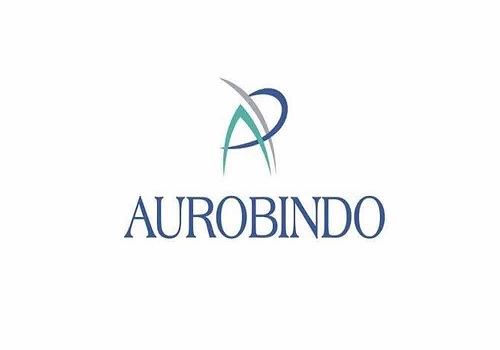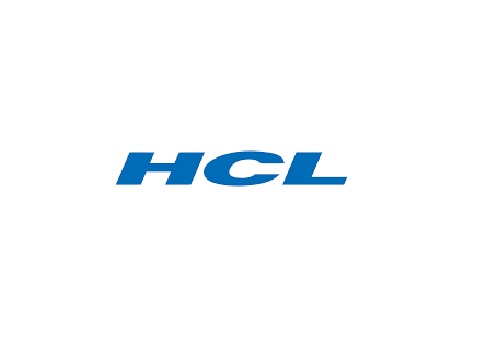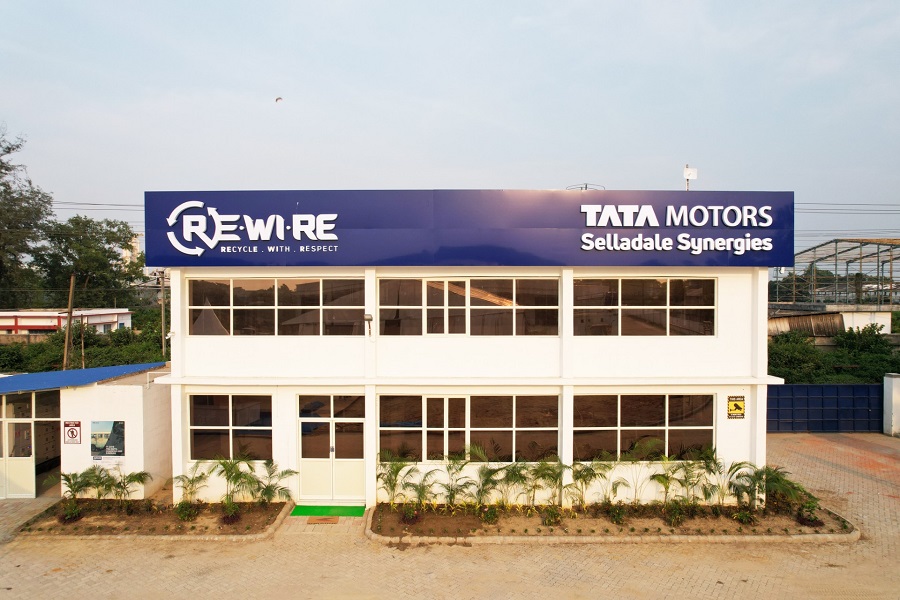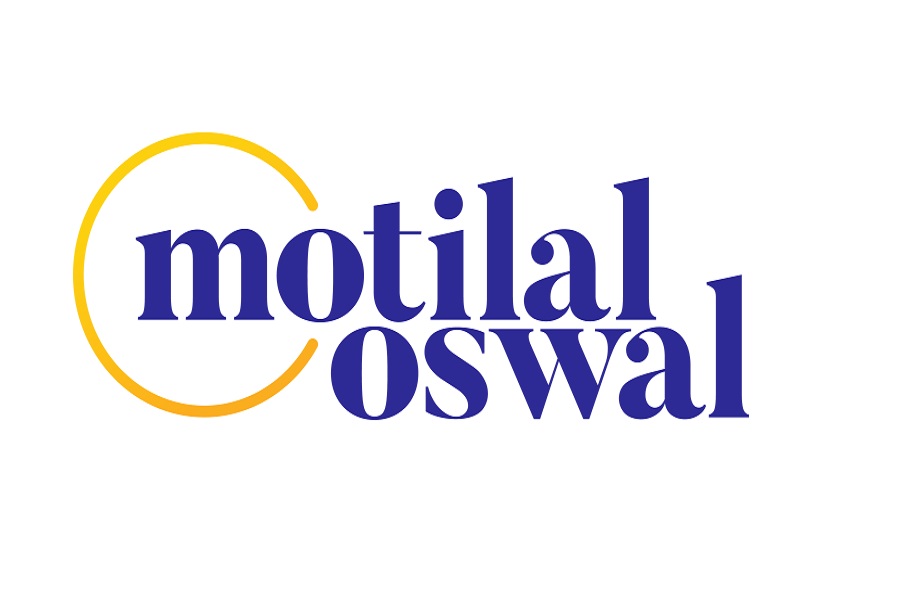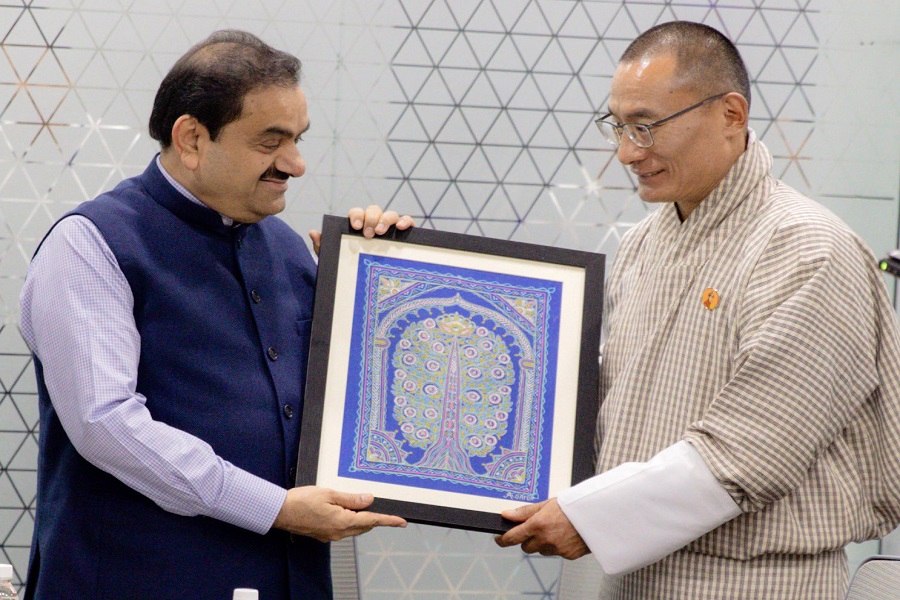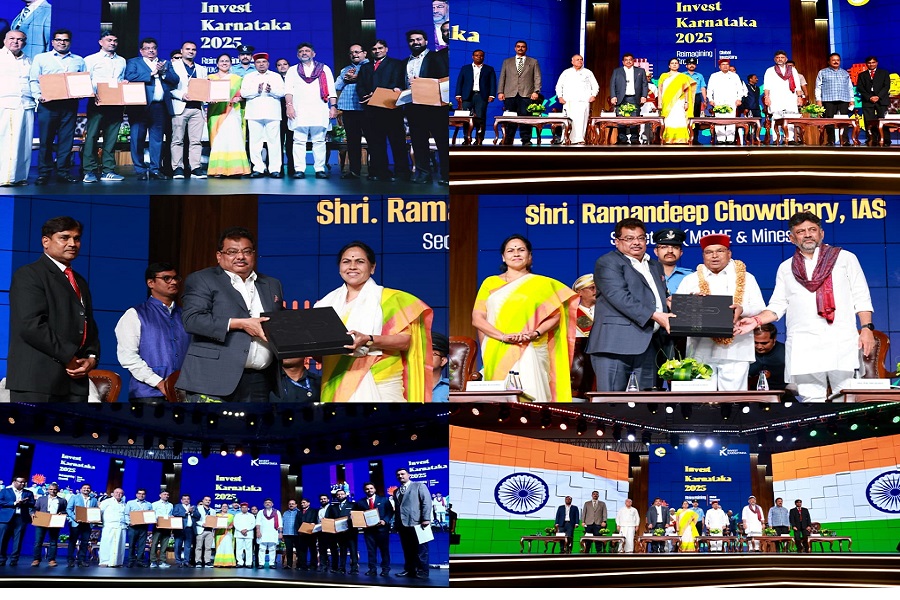Blue Jet Healthcare coming with IPO to raise upto Rs 840.27 crore

Blue Jet Healthcare
- Blue Jet Healthcare is coming out with a 100% book building; initial public offering (IPO) of 2,42,85,160 shares of Rs 2 each in a price band Rs 329-346 per equity share.
- Not more than 50% of the issue will be allocated to Qualified Institutional Buyers (QIBs), including 5% to the mutual funds. Further, not less than 15% of the issue will be available for the non-institutional bidders and the remaining 35% for the retail investors.
- The issue will open for subscription on October 25, 2023 and will close on October 27, 2023.
- The shares will be listed on BSE as well as NSE.
- The face value of the share is Rs 2 and is priced 164.50 times of its face value on the lower side and 173.00 times on the higher side.
- Book running lead managers to the issue are Kotak Mahindra Capital Company, ICICI Securities and J.P. Morgan India.
- Compliance Officer for the issue is Sweta Poddar.
Profile of the company
The company is a speciality pharmaceutical and healthcare ingredients and intermediates company, offering niche products targeted toward innovator pharmaceutical companies and multi-national generic pharmaceutical companies. Since its incorporation in 1968, it has established a contract development and manufacturing organization (CDMO) business model with specialized chemistry capabilities in contrast media intermediates and high intensity sweeteners, on the back of strategic and early investments in research and development (R&D) and manufacturing infrastructure. It has competencies and manufacturing capabilities in contrast media intermediates and high-intensity sweeteners, including saccharin and its salts. The company manufactures a range of products in-house, including the key starting intermediate and advanced intermediates, which allows it to control its production process for consistent quality and cost effectiveness.
In the past three Financial Years and the three months ended June 30, 2023, the company invoiced a total of more than 400 customers in 39 countries. The company has built a long-term customer base with innovator pharmaceutical companies and multi-national generic pharmaceutical companies, supported by committed multi-year contracts of up to five years. The company’s “Collaboration, Development, Manufacturing” approach has been, and will continue to be, critical to its success and a key factor for growing its CDMO business. Its product capabilities across the pharmaceutical and healthcare categories have evolved with its customers’ needs, supported by its manufacturing capabilities and technology-driven product development. Its operations are primarily organized in three product categories: (i) contrast media intermediates, (ii) high intensity sweeteners, and (iii) pharma intermediates and active pharmaceutical ingredients (APIs).
Proceed is being used for:
- Achieving the benefits of listing the Equity Shares on the Stock Exchanges.
- Carry out the Offer for Sale of up to 24,285,160 Equity Shares by the Selling Shareholders.
Industry Overview
Pharmaceutical intermediates are compounds that form building blocks of pharmaceutical products. In terms of value-chain, pharmaceutical intermediates are synthesized into active pharmaceutical ingredients (APIs) and these APIs are then formulated into final pharmaceutical formulations such as tablets, capsules, injections etc. Volume growth in pharmaceuticals intermediates is therefore positively correlated to the demand for the corresponding pharmaceutical products. The Government of India has stepped-in to provide impetus to India’s API and intermediate industry by announcing (a) a production linked incentives scheme for select APIs where India has significant dependence on China and (b) dedicated bulk drug parks that can provide centralized infrastructure (such as power, effluent treatment etc.) thus reducing the time and cost of setting-up a new manufacturing unit. The Department of Pharmaceuticals (the “DoP”) had announced the first PLI scheme in July 2020 with incentives worth ?69.40 billion to boost domestic manufacturing of identified Key Starting Materials (KSMs), drug intermediates, and APIs to attract large investments in the sector and to reduce India’s import dependence in critical APIs.
Contrast media are chemical agents developed to enhance the contrast of an imaging modality in diagnostic imaging, thereby aiding diagnosis of diseases. Once inside the human body, contrast media agents are selectively and temporarily taken up by different body tissues. By virtue of their inherent properties, contrast media agents enhance the images, leading to better visualizations of the tissues and organs. Contrast media can be divided into three key segments based on the imaging modality for which they are used. These segments are: X-ray / Computed Tomography (CT) contrast agents: these are predominantly iodine-based contrast media agents; Magnetic Resonance Imaging (MRI) contrast agents: these are predominantly gadolinium based contrast media agents; and Ultrasound (USG) agents: these are stabilized microbubble-based contrast media agents. The size of the global contrast-media formulations market for MAT June 2023 was approximately $5.9 billion (approximately Rs 442.5 billion). Iodinated contrast media are primarily used in X-ray based imaging and in CT. This is because: Different tissues in the human body have different levels of transparency towards X-rays (for instance, air and fat are more transparent compared to bones) and hence show up as different scales of grey on the final image. Since iodine has an atomic number that is higher compared to most tissues in the body, it produces more attenuation of X-rays and hence increases contrast of X-ray based images.
Pros and strengths
Large manufacturer of contrast media intermediates in India: With more than two decades of experience in manufacturing contrast media intermediates, the company is a large manufacturer of contrast media intermediates in India. It manufactures contrast media intermediates and supply a critical starting intermediate and several advanced intermediates primarily to three of the largest contrast media manufacturers in the world, including GE Healthcare AS, Guerbet Group, and Bracco Imaging S.p.A, directly. It has supplied over 75% of the value of exports of a selected contrast media intermediate (5-Amino-N,N’-bis (2,3-dihydroxypropyl) isophthalamide) from India over the calendar years 2020 to 2022. The contrast media market is a fast growing category, driven by a growing global population, especially in the age group aged 65 years and above, the growing prevalence of lifestyle diseases, rising healthcare expenditures, advancements in diagnostic technologies, increasing convenience of diagnostics services, and increasing demand for preventive healthcare. The company has been regularly supplying the key starting intermediate as the building block, and several functionally critical advanced intermediates, for manufacturing seven of these iodinated contrast media. In 2020, it developed and commercialized another contrast media intermediate as the building block for all gadolinium-based contrast media, which has significantly increased its total addressable market.
Presence in niche categories with high barriers to entry: The company strategically focus on complex chemistry categories in both the contrast media intermediate and high-intensity sweetener categories, specifically on products required by customers, and products selected by its internal product portfolio team. The barriers to entry for becoming a supplier to any of the large contrast media manufacturers are high, as a result of (i) the strict internal standards of contrast media manufacturers for feature and impurity profile, due to the parenteral use of contrast media formulations; and (ii) the relationships between the contrast media manufacturers and their existing suppliers, which are typically supported by long-term supply contracts. Similarly, stringent supplier qualification criteria need to be met to become a supplier of high-intensity sweeteners to companies in the end-use industries. Specifically, consistency in quality, taste and impurity profile are required for end use in beverages, confectionery products and oral care products.
Long-standing relationships and multi-year contracts with multi-national customers: As a CDMO, the company collaborates and not compete with its customers. With its research and development capabilities, process optimization, technical know-how, knowledge of the regulatory environment, track record of timely fulfilment of customer orders and ability to ramp up manufacturing capacities in close coordination with its key customers, it has been able to establish long-standing customer relationships in each of the product categories where it operate. It has garnered a significant share of the addressable market as a result of its long-standing relationships with its customers. It enters into annual and multi-year supply contracts ranging from one to four years, thus providing strong visibility and predictability of order book revenue, as well as cashflow visibility. More than 70% of the company’s total sales in each of the Financial Years 2021, 2022 and 2023 and the three months ended June 30, 2023 were backed by contracted sales volumes, through both annual and multi-year contracts. The company has been supplying contrast media intermediates as building blocks for manufacturing contrast media manufactured by the four largest contrast media manufacturers in the world, including to three of such manufacturers directly, which has provided it with long-term customer relationships with them. It has long term relationships ranging from four to 24 years with these manufacturers.
Strong product development and process optimization capabilities with a focus on sustainability: The company’s business is attributable to its strong product development and process optimization capabilities, underpinned by its in-house R&D capabilities, which has enabled it to forward integrate from manufacturing a key starting intermediate as building block for contrast media in 2000 to 18 additional advanced intermediates with higher realization and profitability per unit. Its R&D center combines its product development, technology transfer and scale-up functions. It was approved by the Department of Scientific and Industrial Research (DSIR) in 2018 for recognition of in-house R&D. The company has submitted a renewal application dated April 30, 2022 for the same. Over the past 50 years, through its R&D center, it has developed over 100 products, with over 40 products commercialized. In addition, it has a team of engineers in its R&D center who work on scaling up products, from the proof of concept stage, to producing engineering and trial batches, and finally producing the plant scale validation batches. This team of engineers also continuously works on process improvements to optimize its operational efficiency and cost structure.
Risks and concerns
Dependent on Europe and the United States: The company is dependent on Europe and the United States, which are regulated markets, for a significant portion of its revenue from operations. Its business is and may continue to be dependent on the continued growth of the European and United States markets. If market growth in these regions decrease, market acceptance for its competitors’ products in these regions increase and results in substitution, or it fails to respond to changes in market conditions or customer preferences in these regions, its business, results of operations, financial condition and cash flows could be adversely affected. There is no assurance that its sales to these regions will not decline in the future as a result of increased competition, regulatory action, acts of war or laws, rules and regulations of such regions. While the Russian-Ukrainian war has not had an adverse effect on its business, such acts of war or resulting disruptions may in the future have an adverse effect on its business. As such, a reduction in the amount of business it obtains from Europe or the United States, could have an adverse effect on its business, results of operations, financial condition and cash flows.
Depend upon limited number of raw material suppliers: The company uses third-party suppliers with whom it places purchase orders from time to time for raw materials. A majority of its raw materials are sourced domestically in India, while it also engages with approved international raw material vendors across diverse geographical locations. Any interruption or reduction in the fuel supply or an increase in fuel costs may also adversely affect its business, results of operations, financial condition and cash flows. It cannot assure that it will be able to continue to obtain adequate supplies of its raw materials in a timely manner or at all. It has also experienced some disruptions in the supply of raw materials from its suppliers from February to March 2020, due to logistics disruptions as a result of COVID-19, which had an impact of disrupting its supply chain and adversely affecting its imports of raw materials. There is no assurance that logistics disruptions will not occur in the future if the COVID-19 pandemic continues. Its suppliers may be unable to meet its quality requirements. In addition, they may encounter financial hardship unrelated to its demand for raw materials, which could impede their ability to fulfil its orders and meet its requirements. Further, as it may not be a major customer of some of its suppliers, they may prioritize orders of their other customers over it from time to time.
Significant working capital requirements: The company’s business requires significant working capital including in connection with its manufacturing operations. The actual amount of its future capital requirements may differ from estimates as a result of, among other factors, unforeseen delays or cost overruns, unanticipated expenses, regulatory changes, economic conditions, technological changes, additional market developments and new opportunities in the pharmaceutical and healthcare industry. Its sources of additional financing, where required to meet its working capital requirements, may include debts and internal accruals. If it decides to raise additional funds through the incurrence of debts, its interest and debt repayment obligations will increase, which may have a significant effect on its profitability and cash flows. It may also become subject to additional covenants, which could limit its ability to access cash flows from operations and undertake certain types of transactions.
The company exposed to counterparty credit risk: The company is subject to counterparty credit risk and a significant delay in receiving large payments or non-receipt of large payments may adversely impact its results of operations. It extends credit to its customers in the ordinary course of business and consequently, it faces uncertainty regarding outstanding trade receivables. It typically has credit terms of 30 to 180 days with its customers. As of March 31, 2021, 2022 and 2023 and June 30, 2022 and 2023, its gross trade receivables were Rs 1,440.04 million, Rs 2,274.81 million, Rs 2,395.25 million, Rs 1,904.33 million and Rs 2,246.87 million, respectively, of which, allowance for trade receivables which have significant increase in credit risk / credit impaired were nil, Rs 0.41 million, Rs 1.43 million, Rs 0.85 million and Rs 3.13 million, respectively. It has provided allowance for such doubtful debts. There is no assurance that it will accurately assess the creditworthiness of its existing or future customers. Further, macroeconomic conditions which are beyond its control, such as a potential credit crisis in the global financial system or impacts resulting from the COVID-19 pandemic, could also result in financial difficulties for its customers, including limited access to the credit markets, insolvency or bankruptcy.
Outlook
The company is a global, science-led, pharmaceutical company evolved as Strategic Partner for Collaboration, Development & Manufacturing of advance Pharmaceutical Intermediates and API. Having 53 years of history, its know-how and expertise has grown over many years in the development, scale up and commercialization which has now been expanded to include contract development. As a result of continued pipeline delivery and commercial execution it has a longstanding, extensive relationships with its customers. It currently operates three manufacturing facilities, which are located in Shahad (Unit I), Ambernath (Unit II) and Mahad (Unit III) in the state of Maharashtra, India. The layouts and equipment configuration of its manufacturing facilities help it ensure batch-to-batch consistency. The company has a professional and experienced management team, which has allowed it to adapt to increasing demands from customers, while executing its capital expenditure plans in a timely manner. On the concern side, the company’s operations are subject to extensive government regulations governing the Indian and global pharmaceutical market. It is required to obtain and maintain a number of statutory and regulatory licenses, permits and approvals under central, state and local government rules in India, generally for carrying out its business and for each of its manufacturing facilities.
The issue has been offered in a price band of Rs 329-346 per equity share. The aggregate size of the offer is around Rs 798.98 crore to Rs 840.26 crore based on lower and upper price band respectively. On the performance front, the company’s total income increased by 5.98% to Rs 7,449.38 million for the Financial Year 2023 from Rs 7,028.81 million for the Financial Year 2022. However, the company’s profit for the period decreased by 11.88% to Rs 1,600.27 million for the Financial Year 2023 from Rs 1,815.91 million for the Financial Year 2022. Meanwhile, the company aims to expand its margins through improved operational efficiency, semi-automation and economies of scale. The company will continue to collaborate with innovator pharmaceutical companies and multi-national generic pharmaceutical companies, and seek to acquire new customers, with a focus on novel products at advanced stages of development and based on complex chemistries. Through such participation in their NCE programs as a CDMO, and through other contractual agreements, it seeks to further expand its product offerings in the respective therapeutic areas.


